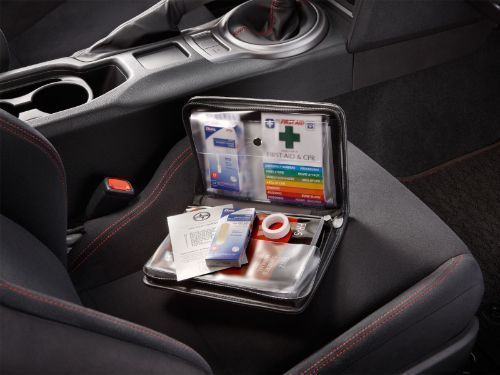
Successful restaurant websites are anchored by great designs that expertly balance aesthetics and usability. An ideal digital layout for a restaurant website should not only focus on showcasing the food but also emulate the ambiance and experience of dining in person.
Though it can be challenging to replicate the dining experience online, a well-designed restaurant website can still effectively draw in potential customers and increase customer traffic. To achieve this, Restaurantify presents some essential best practices that must be followed when creating a restaurant website.
14 Best Practices For A Restaurant Website Design
Here are 14 best practices for designing a restaurant website:
- Make the website visually appealing by using high-quality images and a color scheme that matches the restaurant’s brand.
- Ensure that the website is mobile-friendly and can be accessed from any device, including smartphones and tablets.
- Provide an easy-to-use navigation menu that helps customers find the information they need quickly.
- Include clear and concise descriptions of the restaurant’s menu items, including prices and any special dietary information.
- Add an online ordering system that is easy to use and secure for customers who want to order food online.
- Display the restaurant’s location, hours of operation, and contact information prominently on the website.
- Include customer reviews and testimonials to build trust and credibility with potential customers.
- Use social media integration to connect with customers and promote the restaurant on platforms like Facebook and Instagram.
- Create a blog section to showcase the restaurant’s expertise and share information about upcoming events or promotions.
- Implement search engine optimization (SEO) techniques to help the website rank higher in search engine results and attract more traffic.
- Use high-quality video content to showcase the restaurant’s ambiance and atmosphere.
- Offer online reservations that allow customers to book a table directly from the website.
- Provide a simple and secure online payment system for customers who order food online or make reservations.
- Regularly update the website with new content and promotions to keep customers engaged and interested in the restaurant.
This blog post provides valuable insights on how to create a restaurant website design that can drive traffic, boost sales, increase profitability, and build a strong brand image. If you need further assistance with your restaurant’s digital marketing strategy, please don’t hesitate to reach out to us.

































